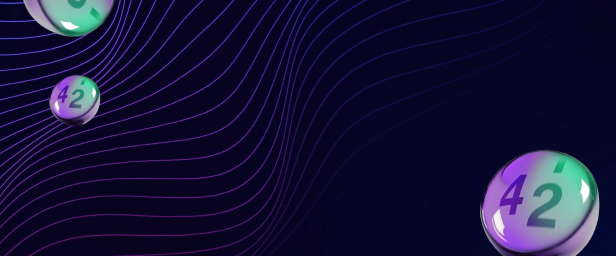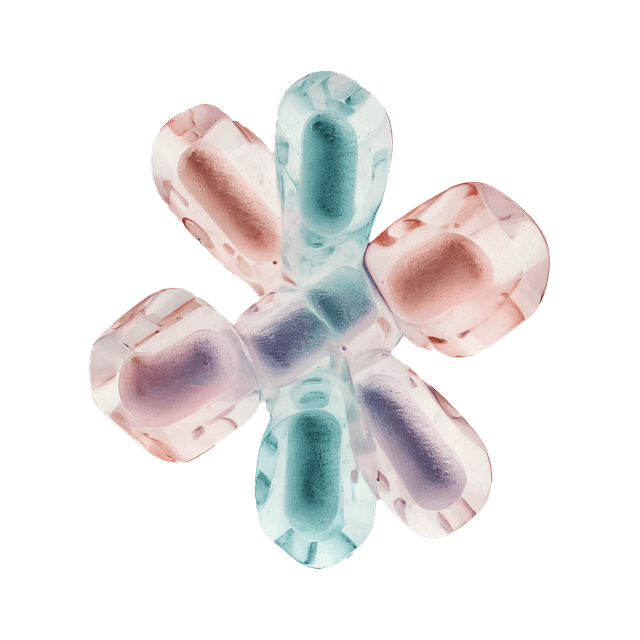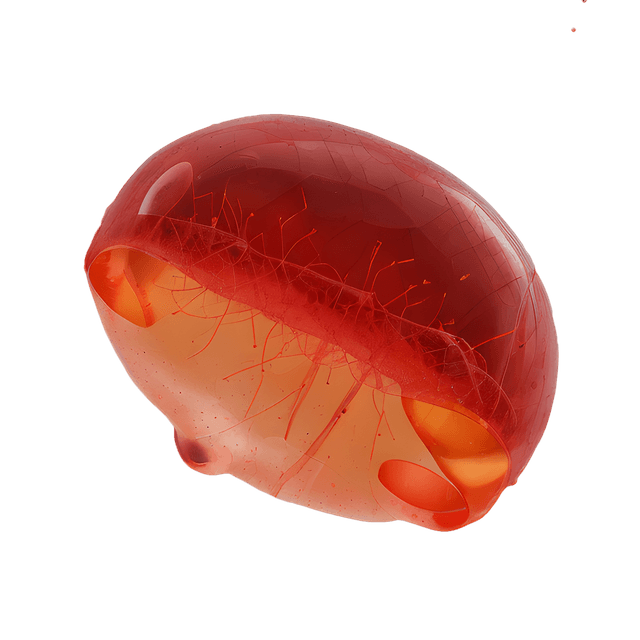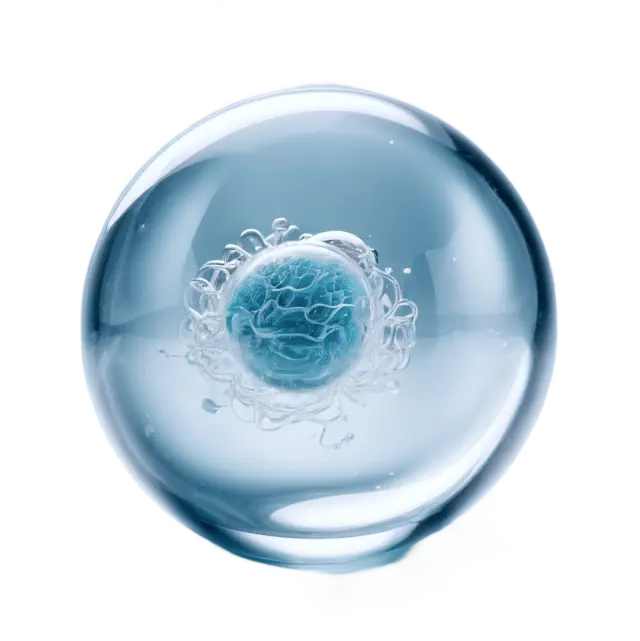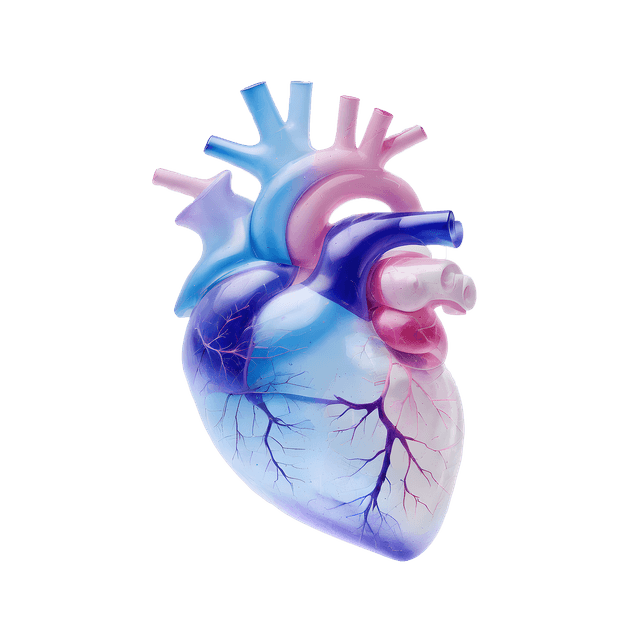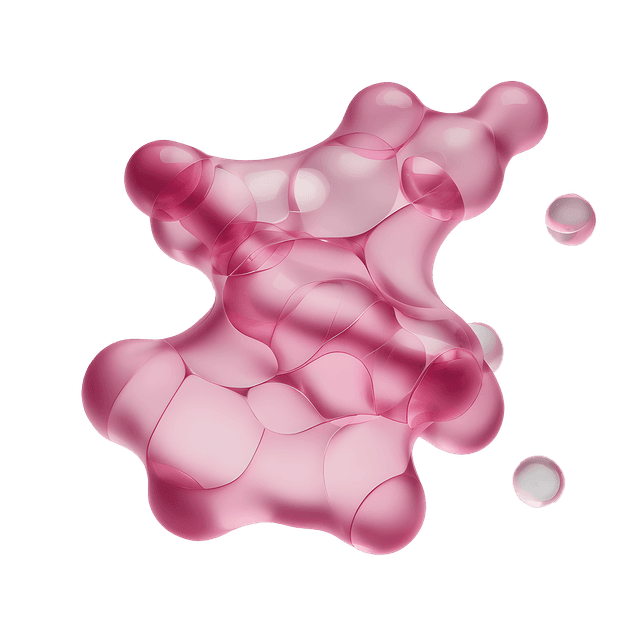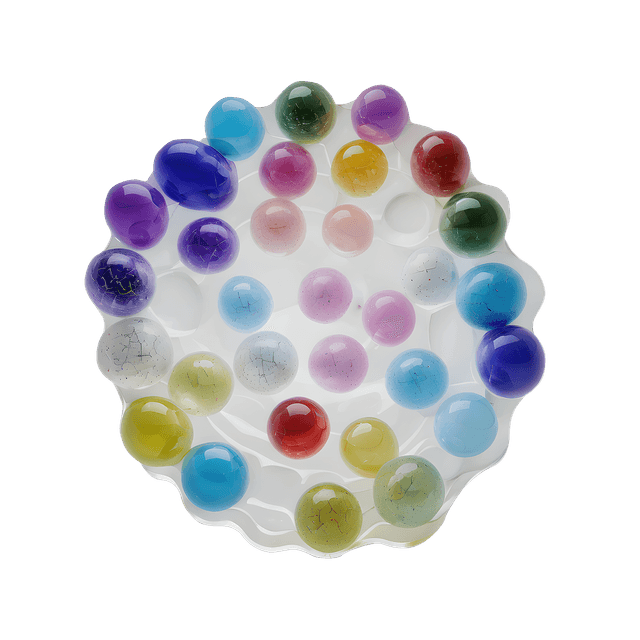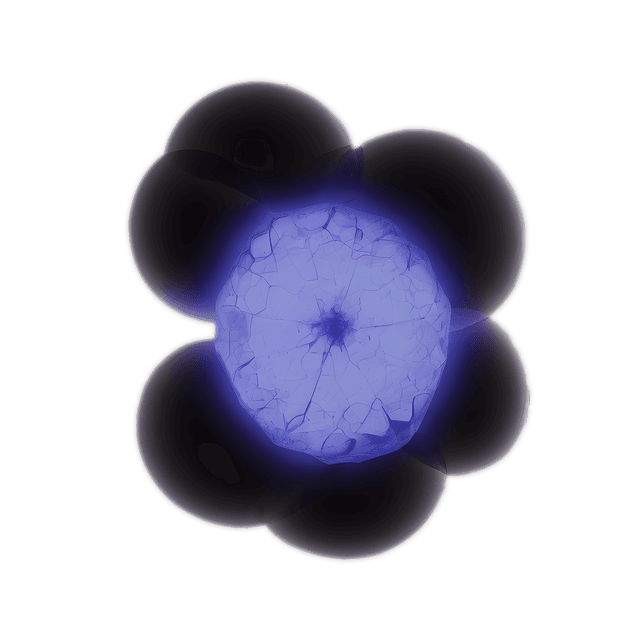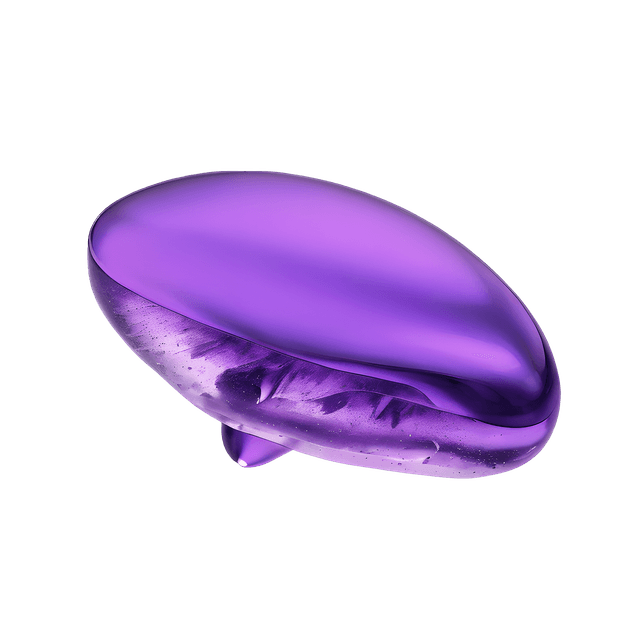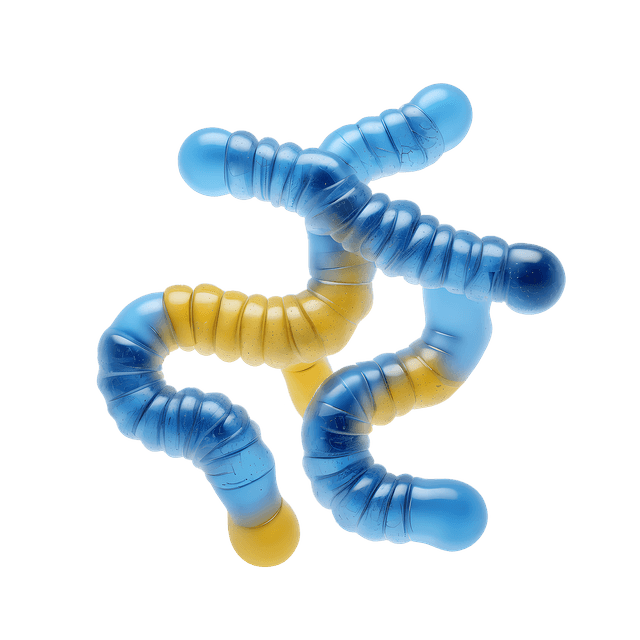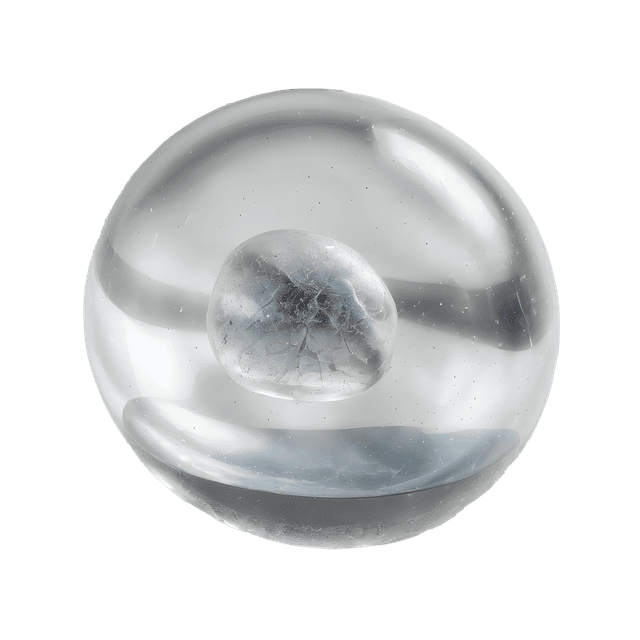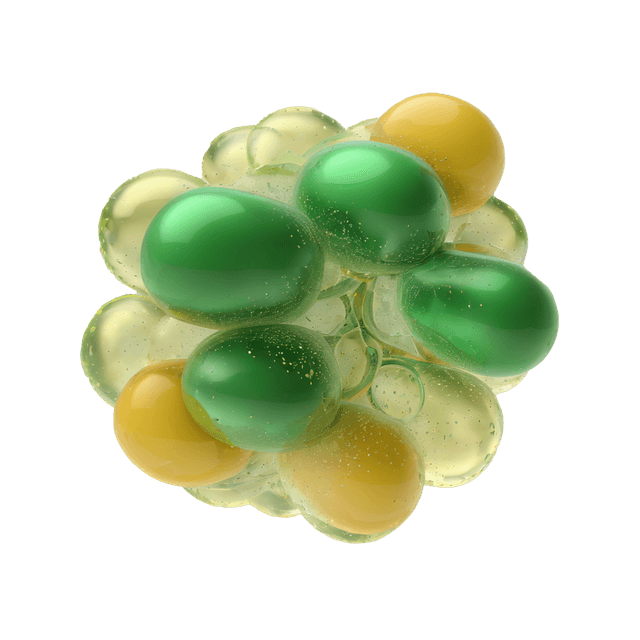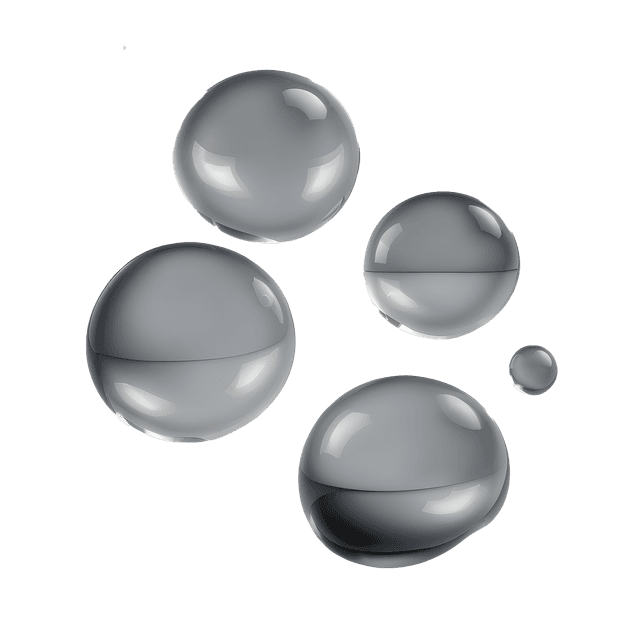Antinuclear antibodies (ANA) are autoantibodies that are directed against components of the cell nucleus, including DNA, RNA, histones and various nucleoproteins. The presence of ANA in serum is analyzed in several systemic autoimmune diseases, especially rheumatic connective tissue diseases.
There are also different types of ANA, so-called nuclear antibodies, which are also related to other connective tissue diseases. One example is antibodies against centromeres, which are often seen in a limited form of scleroderma - a disease that affects the skin and connective tissue, and in primary biliary cholangitis (PBC), a chronic liver disease.
If the ANA reaction is strongly positive and directed against nucleoli (a specific part of the cell nucleus), it may be a sign of systemic sclerosis. On the other hand, weaker ANA reactions are common even in people without clear symptoms of the disease, and may not always be clinically significant, so follow-up in the event of positive test results should always be investigated based on the symptom picture.
Immunological background
ANA is formed when the immune system loses tolerance to the body's own nuclear antigens, leading to an autoimmune reaction. These autoantibodies are not specific for a single disease but can be seen in several conditions with autoimmune etiology. They are often detected by indirect immunofluorescence (IFA) on human epithelial (HEp-2) cells, where both the antibody titer and the fluorescence pattern that occurs provide diagnostically valuable information.
Common patterns include:
- Homogeneous (diffuse): often associated with anti-DNA or anti-histone antibodies.
- Granular: common in Sjögren's syndrome and systemic lupus erythematosus (SLE).
- Centromeric pattern: typical in limited cutaneous systemic sclerosis (CREST).
- Nucleolar pattern: associated with diffuse cutaneous systemic sclerosis.
Clinical significance
ANA is present in over 95% of people with SLE and is therefore one of the criteria in classification systems for the disease. However, ANA is not specific for SLE and can also be seen in other diseases such as:
- Sjögren's syndrome
- Systemic sclerosis
- Polymyositis and dermatomyositis
- Mixed connective tissue diseases (MCTD)
- Autoimmune hepatitis
- Primary biliary cholangitis (PBC)
A positive ANA test is therefore a sensitive but nonspecific finding. A low positive ANA titer can also occur in healthy individuals, especially older women. The prevalence of ANA in the general population is approximately 5%, but increases with age.
Diagnostic strategy for analysis of S-ANA
ANA is often used as a screening test in the investigation of symptoms suggestive of systemic autoimmune disease. In the case of a positive result, the analysis is usually supplemented with specific autoantibodies via an ENA panel test (extractable nuclear antigens), such as anti-Ro/SSA, anti-La/SSB, anti-Sm, anti-RNP, anti-Scl-70 and anti-Jo-1.
For the diagnosis of SLE, anti-dsDNA and complement levels (C3, C4) can also be added as supplementary analyses.
Limitations
ANA is not diagnostic in itself, the analysis must be interpreted in relation to the clinical picture and supplementary sampling. A positive result without symptoms should be interpreted with caution and does not necessarily mean autoimmune disease. ANA may be transiently positive in connection with infection or certain drug reactions.
Information about the S-ANA assay
| Analysis name | Antinuclear antibodies (ANA, S-ANA) |
|---|---|
| Type | Autoantibody (IgG) against nuclear antigens |
| Method | Indirect immunofluorescence (IFA) on HEp-2 cells |
| Indication | Suspected SLE, Sjögren's syndrome, scleroderma, myositis, etc. |
| Important additional assays | ENA, anti-dsDNA, complement factors |
| Prevalence in healthy people | Yes, especially in women and the elderly |

